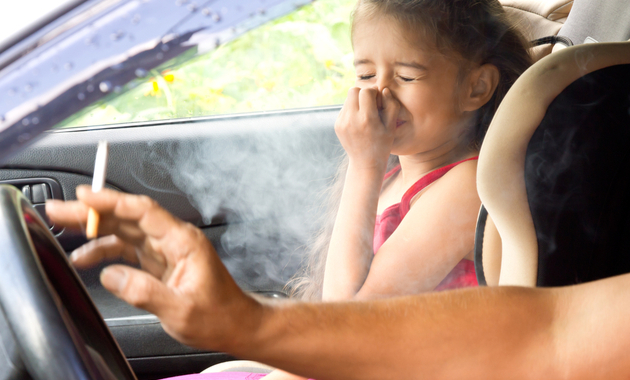Smoking has negative consequences on more than just your lungs. It has several health hazards on your entire body. An effort No Smoking Day aims to assist people in giving up smoking. This year, March 13 is designated as No Smoking Day in an effort to raise awareness of the harmful effects of smoking and encourage people to give it up.
Ash Wednesday was the inaugural observation of No Smoking Day in 1984. The second Wednesday of March is when the day is commemorated each year. This day gained popularity in 1984 and is now observed annually in the UK.
Health Risks Of Second Hand Smoking
Over 8 million people die because of tobacco every year, including an estimated 1.3 million non-smokers who are exposed to secondhand smoke, according to the World Health Organisation.
When you are close to sources of tobacco smoke, you might inhale secondhand smoke, sometimes referred to as passive smoking. It is the smoke that you don’t directly mean to breathe in but you inhale it due to exposure to smoke that comes from burning tobacco products such as cigarettes, cigars or pipes.

Adults who do not smoke can develop lung cancer, coronary heart disease, and stroke from secondhand smoke, according to the Centres for Disease Control and Prevention.
The World Health Organisation also emphasises that everyone inhales secondhand smoke, which exposes both smokers and non-smokers to its detrimental consequences. It raises the risk of coronary heart disease and causes lung cancer in non-smokers.
Heart attacks, strokes, high blood pressure, arteriosclerosis, and other cardiovascular diseases may be more likely to strike those who are exposed to secondhand smoking.
Secondhand smoke can also trigger lung problems like chronic obstructive pulmonary disease (COPD) and asthma.
It can also affect reproductive health in individuals.
In children, secondhand smoke can lead to frequent coughing, sneezing, shortness of breath or other breathing problems.




